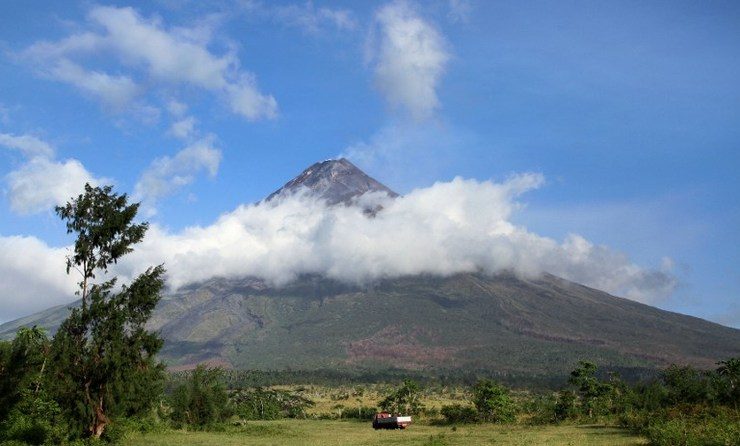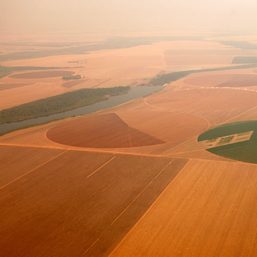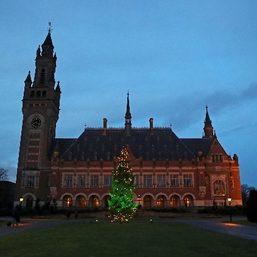SUMMARY
This is AI generated summarization, which may have errors. For context, always refer to the full article.

LEGAZPI CITY, Philippines – As thousands of people living near Mayon Volcano began leaving their homes on Tuesday, September 16, some are saying the impending disaster will also draw tourists to the area.
Mayon, a volcano famed in equal parts for its near-perfect cone and brutal volatility, had begun to stir again with magma rising to the top and small earthquakes rattling deep inside, authorities said.
“A hazardous eruption is possible within weeks,” the director of the Philippine Institute of Volcanology and Seismology (Phivolcs), Renato Solidum, told Agence France-Presse.
Residents within an 8-kilometer (5-mile) radius will be forcibly evacuated, said regional civil defense director Bernardo Alejandro.
He said authorities expect to evacuate almost all of the 50,000 people in the danger zone – a picturesque coconut farming area near the Pacific coast – within three days.
“We’ll have no problems with the 99% who will evacuate but there are some who will be hard-headed,” Alejandro said, citing the response to a similar evacuation call in 2009 when some farmers refused to move out.
“They don’t want to leave their houses and their livelihood…. these are coconut and orchid farmers with chickens, pigs and carabaos (water buffalo).”
Boost to tourism
Locals involved in the tourist industry were expecting Mayon’s latest burst to be a mini-boom.
The area is already a draw for visitors who want to see Mayon’s cone, sample the region’s spicy cuisine and visit its beautiful beaches.
“This will boost local tourism…. it’s like a party, people are out at night watching,” said Marti Calleja, who runs all-terrain vehicle tours near the volcano for as many as 100 tourists per week.
“It’s dramatic, like a fireworks show…. when there’s nothing happening (in the volcano) it’s all dark around here, but now it’s picture-perfect,” Calleja told Agence France-Presse.
Calleja said that when Mayon became active in the past, his clients often requested night tours to see the glowing crater.
Aljon Banares, who works for a backpackers’ inn 12 km (7.5 miles) from the volcano, was also preparing for more visitors.
“We have more guests in situations like this. Tourists want to see the lava flows,” Banares said.
Four foreign tourists and their local tour guide were killed when Mayon last erupted, in May 2013.
However they were on the volcano’s slopes at the time, and Banares said tourists would not be in danger if they acted sensibly.
“We tell our clients that it’s safe as long as they follow the government’s warnings,” he said.
The 2,460-meter (8,070-foot) Mayon has a long history of deadly eruptions.
In 1814 more than 1,200 people were killed when lava flows buried the village of Cagsawa.
An explosion in August 2006 did not cause direct deaths, but four months later a passing typhoon unleashed an avalanche of volcanic mud from Mayon’s slopes that killed 1,000 people. – Charism Sayat, Agence France-Presse/Rappler.com
Add a comment
How does this make you feel?


![[WATCH] Try This: Empanada Salteña from Argentina](https://www.rappler.com/tachyon/2023/04/try-this-empanada-saltena-argentina.jpg?resize=257%2C257&crop=765px%2C0px%2C1037px%2C1037px)


There are no comments yet. Add your comment to start the conversation.